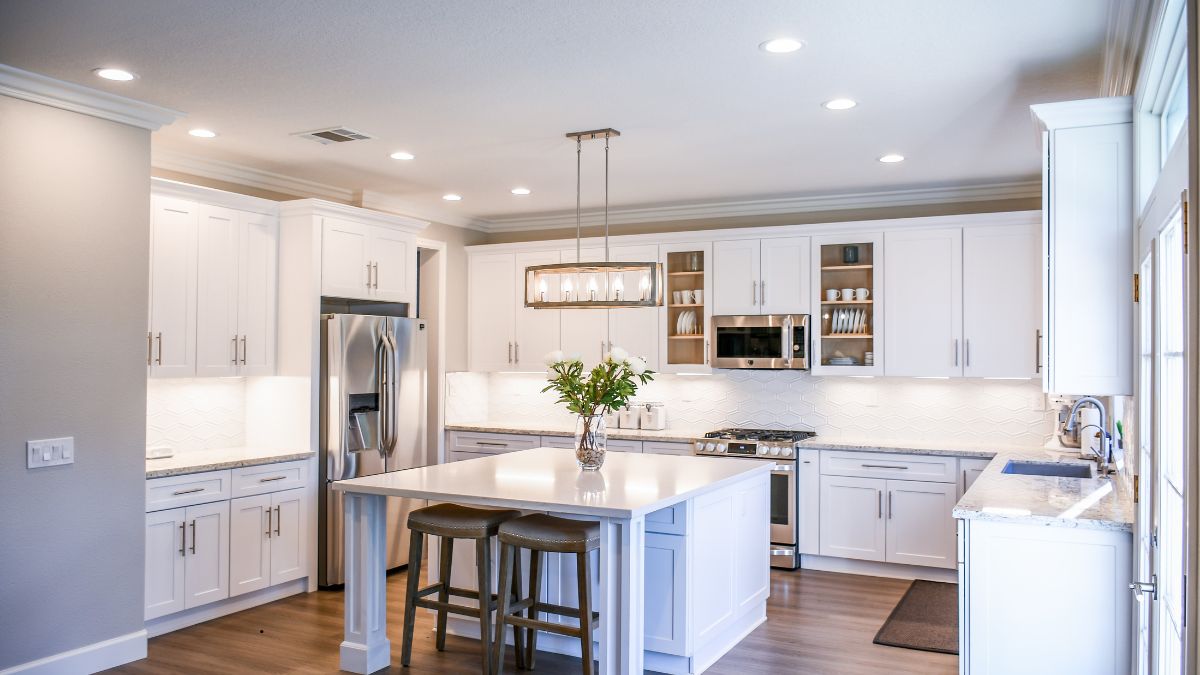
South Africa’s home appliances market is witnessing a major transformation across product categories and distribution channels, driven by urbanization, technological innovation, and rising digital adoption. With a projected market value of USD 5.28 billion by 2030, understanding the dynamics behind this growth is key to navigating the evolving retail and consumer landscape.
Major appliances dominate with 67% market share
Major appliances such as refrigerators, dishwashers, washing machines, ovens, and air conditioners currently account for approximately 67% of the South African home appliance market. This dominance stems from increasing household disposable income, energy-efficiency awareness, and a wave of home renovations.
Manufacturers are focusing on integrating smart technology into their products—offering consumers more control and functionality. Government incentives promoting energy-efficient devices and efforts to enhance after-sales service networks have further bolstered growth in this segment.
Small appliances see fastest growth at 7% CAGR
While major appliances dominate, small appliances are the fastest-growing segment, expected to expand at a CAGR of 7% between 2024 and 2029. Items like vacuum cleaners, toasters, irons, hair clippers, and kitchen gadgets are gaining popularity as consumers prioritize convenience, compactness, and multi-functionality.
Manufacturers are capitalizing on this by launching IoT-enabled, energy-efficient small appliances tailored for smart homes. Growth is further driven by the rise in home cooking, personal grooming, and easier access to appliances via online platforms and affordable financing.
Channel analysis: Where South Africans are shopping
Multi-brand stores remain dominant at 63%
With a 63% market share, multi-brand retail stores—ranging from supermarkets to electronics chains—remain the preferred shopping destination for home appliances. These stores allow consumers to compare features, get expert advice, and access bundled deals, all in one location.
Their popularity is largely tied to the convenience factor, competitive pricing strategies, and ability to cater to all consumer segments under one roof.
Online sales growing fastest at 10% CAGR
The online segment is witnessing the most rapid growth, projected at 10% CAGR through 2029. South Africa’s increasing internet and smartphone penetration, along with digital transformation across the retail sector, are fueling this trend.
Shoppers are now embracing the ease of comparing prices, accessing wider product ranges, and enjoying doorstep delivery. With Amazon.co.za entering the South African market in 2024, the e-commerce landscape is poised for even greater disruption.
Exclusive stores and niche channels enhance customer experience
Exclusive brand outlets and niche sales channels like warehouse clubs, manufacturer showrooms, and direct selling are also making their mark. These channels focus on immersive experiences and direct relationships with consumers—particularly attractive to brand-loyal and innovation-driven shoppers.
Conclusion:
The South African home appliance market is undergoing a multi-dimensional evolution, with smart technology, digital convenience, and product efficiency at its core. Brands that invest in innovation, consumer engagement, and diverse distribution will be best positioned to lead in this competitive yet fast-growing space.
Disclaimer: The market data, forecasts, and trends cited in this article are based on research and insights from Mordor Intelligence. While every effort has been made to ensure accuracy, the data is intended for informational purposes only and should not be interpreted as financial or investment advice. All rights and proprietary content belong to Mordor Intelligence. For the full report and detailed insights, please refer to www.mordorintelligence.com.

